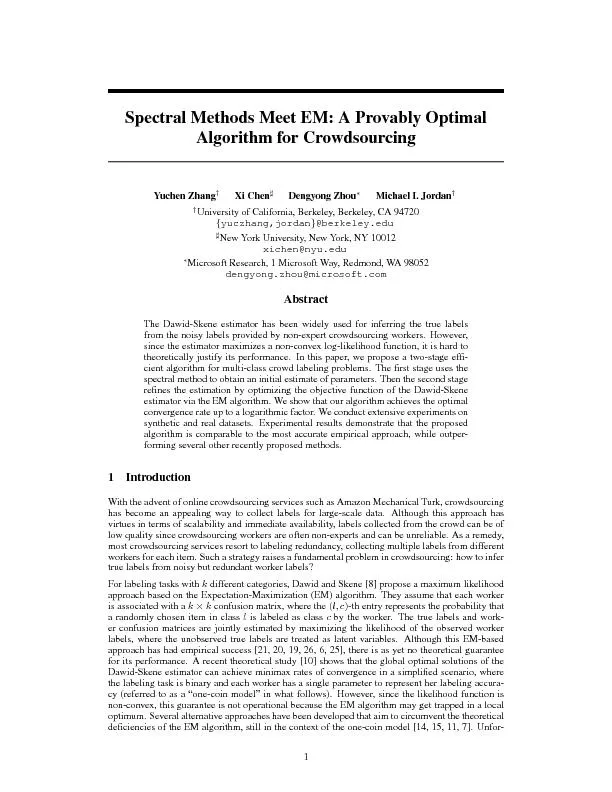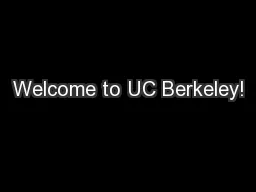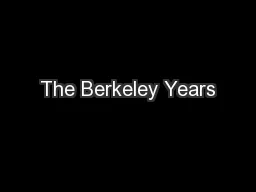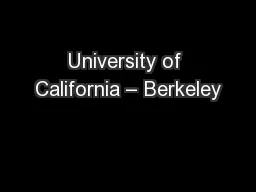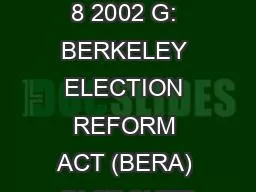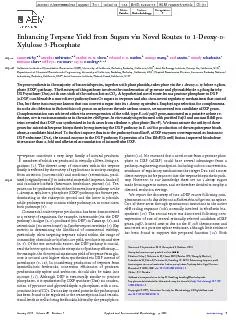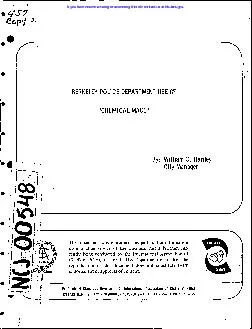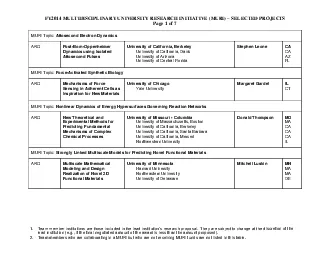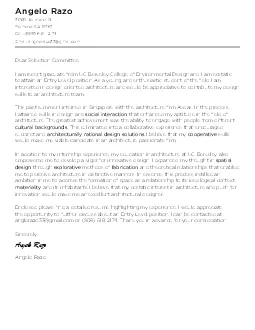PPT-John Deck, University of California, Berkeley
Author : billiontins | Published Date : 2020-06-24
Brian Stucky University of Colorado Boulder Lukasz Ziemba University of Florida Gaineseville Nico Cellinese University of Florida Gainesville Rob Guralnick
Presentation Embed Code
Download Presentation
Download Presentation The PPT/PDF document "John Deck, University of California, Ber..." is the property of its rightful owner. Permission is granted to download and print the materials on this website for personal, non-commercial use only, and to display it on your personal computer provided you do not modify the materials and that you retain all copyright notices contained in the materials. By downloading content from our website, you accept the terms of this agreement.
John Deck, University of California, Berkeley: Transcript
Download Rules Of Document
"John Deck, University of California, Berkeley"The content belongs to its owner. You may download and print it for personal use, without modification, and keep all copyright notices. By downloading, you agree to these terms.
Related Documents





